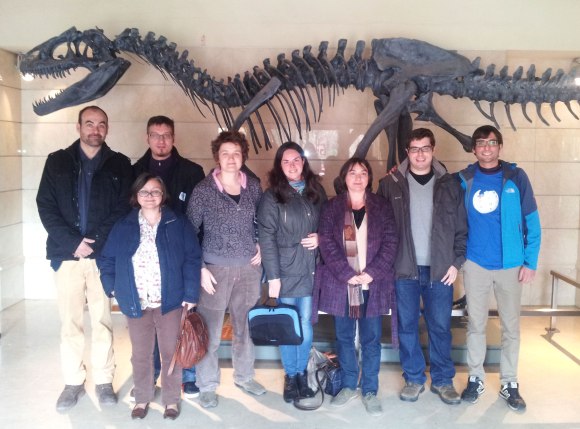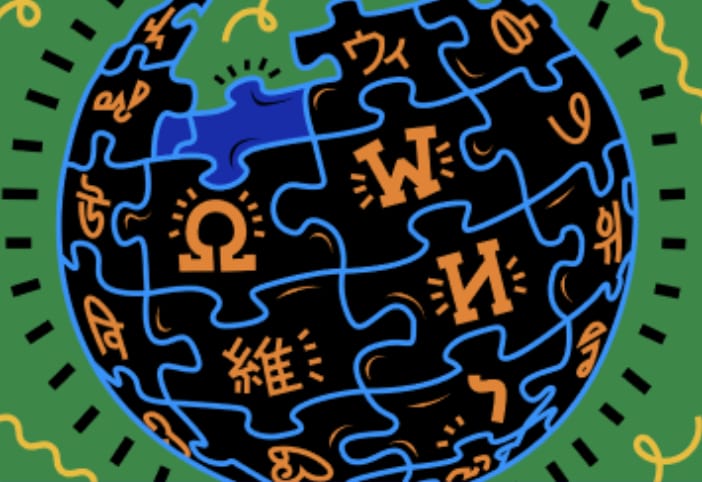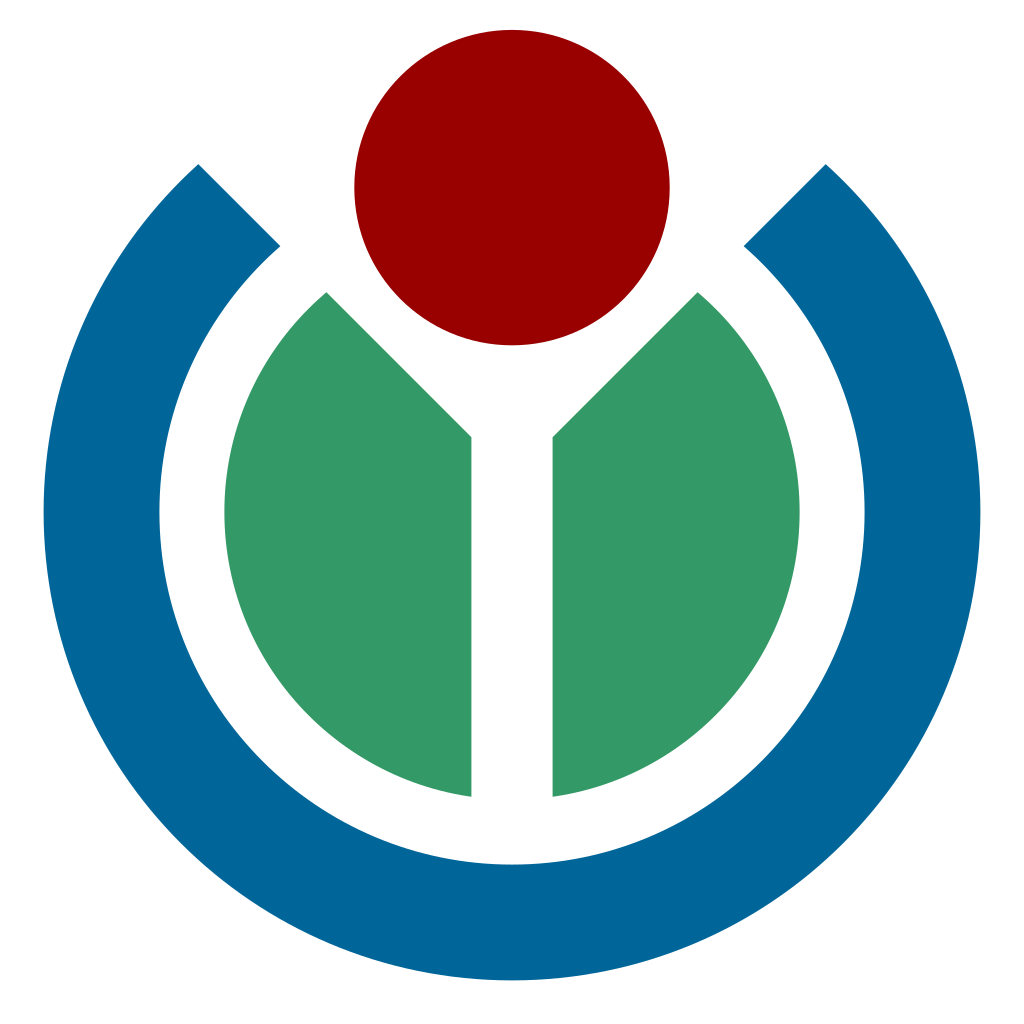
The first ‘wikimarathon’ about Spanish scientists and inventors took place on December 13 and 14, 2014. This special edit-a-thon was organized by Wikimedia Spain, in collaboration with the Spanish Foundation for Science and Technology (Fundación Española para la Ciencia y la Tecnología). These events were hosted simultaneously by six science museums in Spain: the National Museum of Science and Technology (in its two locations, Alcobendas and A Coruña), the Valladolid Science Museum, the House of Sciences of Logroño, the National Museum of Natural Sciences, and the House of Science of Sevilla.
The wikimarathon included a short talk about Wikipedia and Wikimedia, as well as an editing workshop where participants learned to edit Wikipedia. Progress was tracked through social networks, using this hashtag: #WikimaratónCiencia. About 96 participants registered through a website created by Wikimedia Spain: approximately 35% of them were women, and 17 of them participated online. To guide participants, 18 experienced wikipedians travelled to the museums from different parts of Spain, on a volunteer basis. To help attendees edit content appropriately, the museums offered access to literature in different formats — and food and beverages were also served. Each museum set up a different timetable, adapted for their opening hours. Beyond those two-day events, online participation was opened for three more weeks, for those who wished to continue editing from home.
A wide range of participants joined this program. In Alcobendas, a group of 7 to 12 year-old children attended the workshops with their tablets: they seemed to enjoy the talk and learned how to use the new Visual Editor tool. In Logroño, a family attended with two children: the youngest, aged 11, was particularly interested in contributing to Wikipedia articles about abyssal creatures, not scientists. During the talk, he found several errors in an article about a fish, and remembered that he had read a book on abyssal creatures in the library of the museum. He went to the library and returned a few minutes later with the book. After creating his account in Wikipedia, he corrected those errors in an accurate way. And in Madrid, a volunteer’s family came to the museum to hear his talk, including his brothers, sisters and their children; the museum provided original works from the scientists that people were writing about, as bibliography.
The event was a success and its main results can be summarized as follows:
- More than 700 edits were made on 135 different articles about Spanish scientists and inventors.
- 24 new articles were created.
- 49 new users created an account on Wikipedia.
- Several articles increased substantially during this event, most notably articles about the scientists Ildefonso Zubía (736%), Ignacio Barraquer (601%), Pedro Esquivel (383%), Cosme García (313%), Juan Manuel de Zafra (305%), Nicolás Achúcarro (233%), Juan Marcilla (156%), Fernando Casablancas (136%), Sixto Cámara (113%) and Luis Octavio de Toledo (104%).
- 103 new images were uploaded to Wikimedia Commons by the National Museum of Science and Technology. These images are artistic portraits with a free license of Spanish scientists and served to illustrate the articles during the event.
- 23 photos of this event were also uploaded to Commons.
Rubén Ojeda, member of Wikimedia España

Can you help us translate this article?
In order for this article to reach as many people as possible we would like your help. Can you translate this article to get the message out?
Start translation

